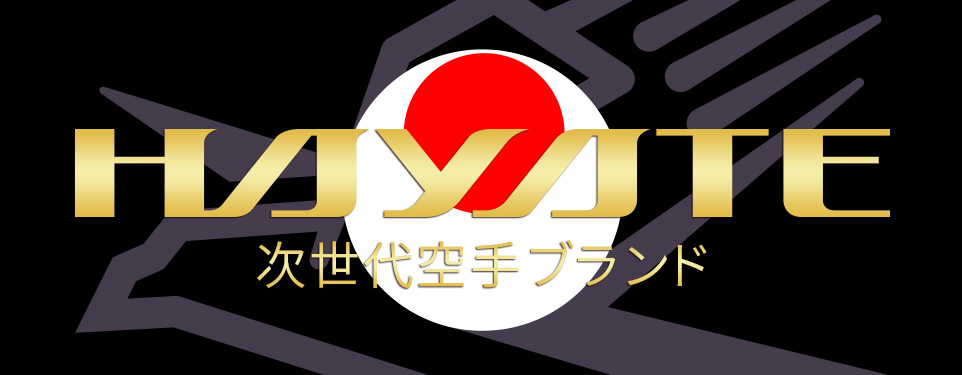3: What is Shotokan Style?【Kusahara Katsuhide, Chairman of JKA 】
The style of karate that Master Funakoshi systematized is called Shotokan-ryu. He did not name it that way. Other karate-do practitioners who started teaching in the mainland Japan after him began to call themselves Shito-ryu, Goju-ryu, Wado-ryu, etc. To distinguish from these other schools, Shotokan-ryu was named after the Shotokan dojo that Master Funakoshi had opened. Shoto was the pseudonym of Master Funakoshi. He used this pseudonym because he had profound interest and knowledge in Chinese poetry since his youth. This shows just how educated and elegant a man of culture he was.
In Shotokan-ryu, the names of kata are not written in Japanese katakana with Chinese pronunciation as in other schools, but in Japanese style pronunciation using Chinese characters as in Heian, Bassai, Kanku, Tekki, Hangetsu, Jitte, Empi, Gankaku, and Jion. These are the names that Master Funakoshi came up himself in order to make them suitable for Japanese martial arts. Each of these names conveys the image of respective kata as if it were a painting. I find them to be quite tasteful.
Another example of Master Funakoshi’s highly educated mind can be seen in the following episode. He often said, “Karate-do is the martial art for a gentleman.” A gentleman, here, pointed to a person with high virtue and respectable character. When he said this, everyone must have been convinced.
In the karate that Master Funakoshi taught, there was no free sparring (jiyu kumite), but only kata training. Originally, Ryukyu-kenpo had focused simply on kata. However, the college students, who had been watching judo and kendo matches closely, were not satisfied with just the kata. They wanted to see how strong they had become, so they tried to devise ways to hold kumite matches. Research on a protective gear was making a progress, but at the time, its safety was still an issue, making it too dangerous to be used in a match.
In the midst of this situation, the Japan Karate Association, led by Master Masatoshi Nakayama, who later became the first Chief Instructor, established a method of kumite matches using the so-called “sundome” rule, where techniques are executed immediately before hitting the target. Master Funakoshi was not in favor of kumite matches. However, in the fall of 1957, six months after Sensei Funakoshi’s death, the first national karatedo championship including kumite matches was held.
Today, more than 60 years later, karate is immediately associated with kumite, so much so that more attention is paid to kumite than to kata. However, it is a big mistake to consider kata lightly. This is because kata is the foundation of karate and the most important element. As we inherit this concept, the Japan Karate Association strives to teach and spread karatedo, which emphasizes the trinity of basics, kata, and kumite.





